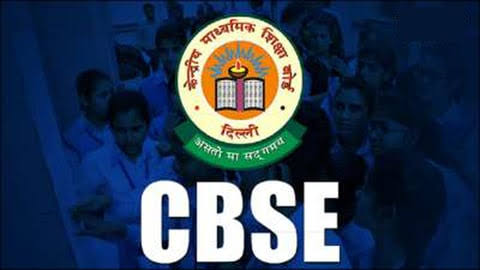In a milestone moment for India’s education system, the Central Board of Secondary Education (CBSE) on Monday announced the Class 10 and Class 12 results for the 2025 academic session, impacting more than 42 lakh students across India and abroad.
This year’s announcement marks not just the end of a critical academic chapter, but also the maturing of India’s digital education infrastructure. Students were able to access their digital mark sheets instantly via DigiLocker, the UMANG app, and CBSE’s dedicated result portals—making the process faster, more secure, and paperless.
A Nation Waits — and Then Logs On
As the clock struck 11 a.m., students across India, from urban centers to remote districts, refreshed their browsers and mobile apps. Within minutes, thousands had downloaded their scorecards. With three major platforms—cbse.gov.in, cbseresults.nic.in, and results.cbse.nic.in—handling the load, and with DigiLocker credentials already sent via SMS, the rollout was largely smooth.
CBSE also made the results available on the UMANG mobile platform, part of the Indian government’s digital service suite, providing additional accessibility in regional languages.
“In 2025, our focus is not just result transparency, but technological efficiency and data security,” a senior CBSE official said.
The Numbers Behind the Results
Class 12:
- Registered: 17.04 lakh
- Appeared: 16.92 lakh
- Passed: 14.96 lakh
- Pass Percentage: 88.39%
Class 10:
-
Appeared: 24 lakh+
-
Results were released on the same day and showed a similarly stable performance trend.
The exams were conducted across 7,800+ centers in India and 26 centers abroad, making CBSE one of the largest examining bodies in the world. Class 12 exams concluded on April 4, 2025, while Class 10 exams ended earlier on March 18.
Girls Outperform Boys Yet Again
In a recurring trend, female students outshone their male counterparts by a margin of over 5 percentage points in Class 12 results.
Meanwhile, candidates under the Children With Special Needs (CWSN) category posted an impressive pass percentage of 93.15%, with 5,280 out of 5,668 students passing.
Among the top-performing regions:
- Vijayawada: 99.60%
- Trivandrum: 99.32%
- Chennai: 97.39%
From Paper to Platform: A Shift in Access
The transition to digital certificates reflects India’s broader push toward paperless governance. Students were encouraged to download their official documents through DigiLocker, which now serves as a verified repository for CBSE results, birth certificates, and academic credentials.
How to Access:
- DigiLocker: Sign in via mobile number or Aadhaar, navigate to CBSE > Class X/XII Marksheet.
- UMANG: Search “CBSE” > Select result > Enter roll number and credentials.
- Web Portals: Input roll number, school number, and admit card ID.
“Digital access ensures every student, regardless of geography or privilege, gets timely access to their academic records,” said an education ministry official.
What’s Next: Re-evaluation, Photocopies & Relative Grading
CBSE has also revised its post-result processes. Students seeking re-evaluation or photocopies of answer sheets can apply directly via the board’s online services. Additionally, the board has adopted a ‘relative grading’ system to ease pressure and avoid unhealthy academic competition.
This move aligns with India’s National Education Policy (NEP) goals, which emphasize holistic assessment and psychological well-being over rigid score-based hierarchies.
A Snapshot of a Changing System
While the numbers may vary slightly year to year, the broader message is clear: India’s school education system is adapting to the digital age, and CBSE is leading that transformation.
“It’s not just about marks anymore—it’s about equitable access, emotional well-being, and scalable systems,” said Meenakshi Bhatia, an education researcher at the National Institute of Educational Planning and Administration.
Conclusion: A Generation Moves Forward
For millions of students, these marks represent both validation and transition—from adolescence to adulthood, school to college, ambition to execution. But for the system, they mark a deeper evolution—one that is quietly digitizing India’s educational backbone.

